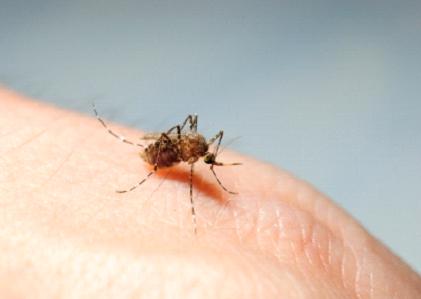Viral Hemorrhagic Fevers Symptoms, Causes, Diagnosis and Treatment

What Are Viral Hemorrhagic Fevers?
There are four viral families including bunyaviridae, filoviridae, arenaviridae and flaviviridae. These families have certain RNA viruses that lead to viral hemorrhagic fevers. Each family may result in a different disease with Marburg and Ebola fevers being the most severe ones and belonging to the filoviridae family. Other viral hemorrhagic fevers include dengue, lassa and yellow fever. These fevers usually exist in tropical areas like Africa. However, they are gradually spreading in other advanced countries like the United States because of traveling. Unfortunately, no research has yet found an effective cure of viral hemorrhagic fevers but it could be prevented.
What Are The Symptoms Of Viral Hemorrhagic Fevers?
Viral hemorrhagic fevers can be deadly. Therefore, the symptoms must be taken seriously when they evolve. At an early stage, the following symptoms are likely to occur:
- Weariness.
- Fever.
- Weakness.
- Muscle ache.
- Joints ache.
- Dizziness.
In very severe cases, bleeding under the skin and from mouth or ears could occur. Other severe symptoms include:
- Coma.
- Shock.
- Liver and/or kidney failure.
- Delirium.
- Malfunction of nervous system.
Since the treatment is not possible, people are advised to get certain vaccines before traveling to tropical areas. Symptoms usually take up to 21 days to clearly evolve.
What Causes Viral Hemorrhagic Fevers?
Since we now know that viral hemorrhagic fevers are caused by four viral families, it is necessary to be aware of where this virus dwells. Mosquitoes, bats, rodents and ticks are usually infected with these fevers. However, these animals and insects living in specific areas tend to be infected and not all. Moreover, viral hemorrhagic fevers can be transferred from one person to another. This generally happens if a person gets into contact with the blood of a victim. Inhaling infected animal’s urine or feces could also be a source of viral hemorrhagic fevers.
What Are The Risk Factors Of Viral Hemorrhagic Fevers?
The following factors increase the risk of viral hemorrhagic fevers:
- Unprotected sexual intercourse.
- Using shared needles or syringes.
- Slaughtering animals infected with viral hemorrhagic fevers.
- Occupied in a rat-infested area.
How Are Viral Hemorrhagic Fevers Diagnosed?
A widely used method to diagnose viral hemorrhagic fevers includes:
- Observation of travel history i.e. places recently visited.
- Working conditions and place.
- Contact with any animals or insects.
- Blood test.
- Other laboratory tests.
Observing symptoms is negligibly helpful to doctors. This is because weariness, fever and headache are common in many other diseases and disorders. Laboratory tests are carried out with strict precautions since viral hemorrhagic fevers could be highly contagious.
How Are Viral Hemorrhagic Fevers Treated?
No procedure or surgery has yet been able to cure viral hemorrhagic fevers. Certain medications, therapies and surgeries are, however, used to improve symptoms and prevent complications.
How Are Viral Hemorrhagic Fevers Prevented?
The following measures could help prevent viral hemorrhagic fevers:
- Vaccination before traveling to tropical or developing countries.
- Making every effort to avoid mosquitoes and other insects. This can be done through several ways like exposing minimum skin by wearing clothes that cover most of the body and burning coil before sleeping.
- Eliminate rodents by throwing off garbage every day, protecting pet food from rodents and properly shutting doors and windows.
By : Natural Health News




